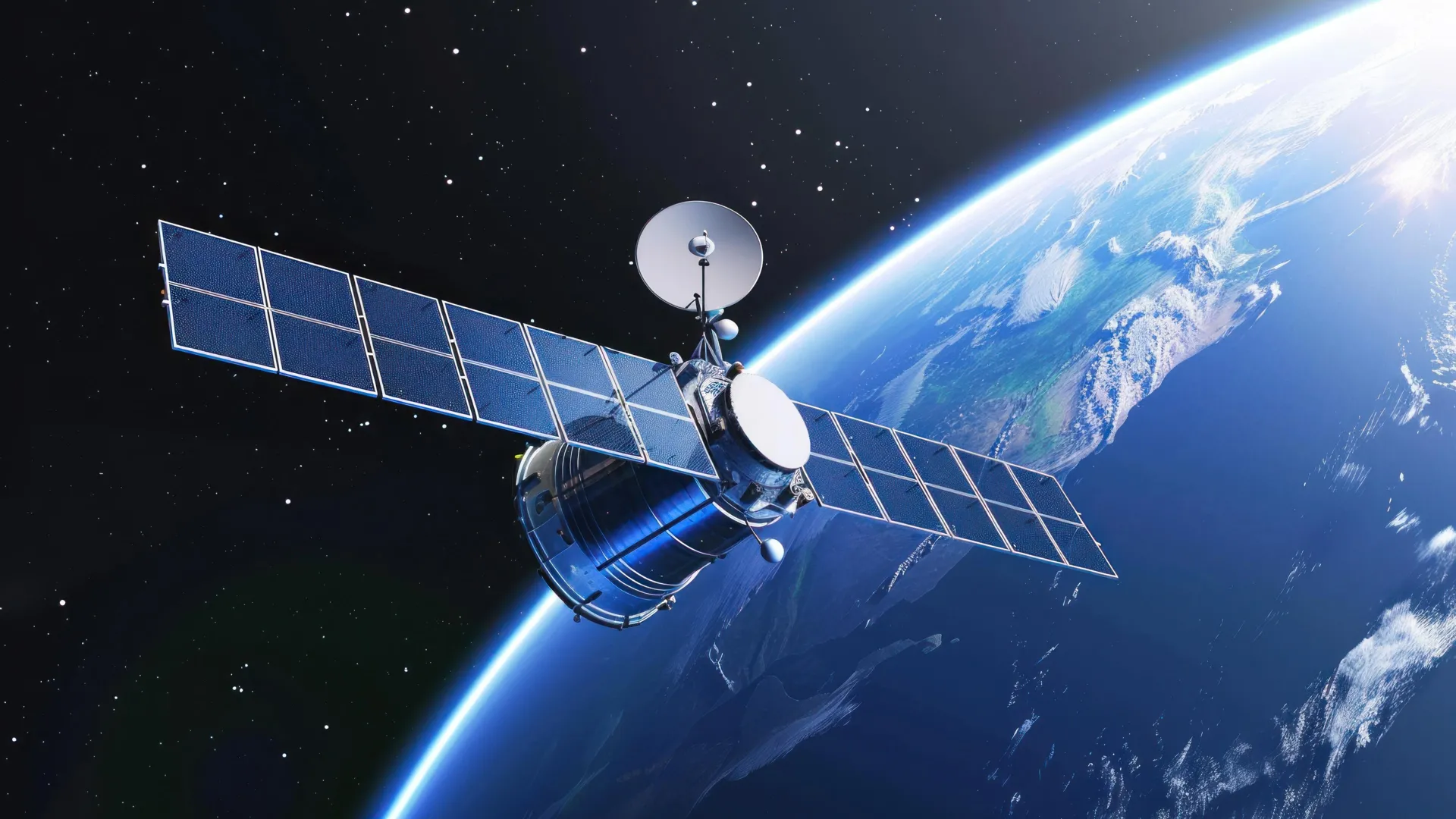UPDATE: A groundbreaking study reveals that the Southern Ocean emits a staggering 40% more carbon dioxide during the Antarctic winter than previously believed. Utilizing advanced laser satellite data, researchers have exposed a critical gap in our understanding of the planet’s carbon dynamics, with urgent implications for global climate models.
Published on November 5, 2025, in Science Advances, the research, led by a team from the Chinese Academy of Sciences, uncovers that winter emissions of CO2 in this region have been significantly underestimated. This revelation has profound impacts on how scientists assess the ocean’s role in the global carbon cycle.
The Southern Ocean, a major player in regulating climate by absorbing atmospheric CO2, has long been a source of uncertainty in emissions calculations. For months, it remains enveloped in darkness and buffeted by extreme weather, creating an “observational black box.” Traditional satellite technology, reliant on sunlight, has failed to capture crucial data during these winter months.
To address this challenge, the researchers employed a laser-based satellite instrument known as LIDAR from the CALIPSO mission, combined with machine learning techniques. This innovative approach allowed scientists to penetrate the polar darkness for the first time, providing a continuous record of CO2 exchange in the Southern Ocean during winter.
The findings indicate that previous estimates overlooked nearly 40% of the Southern Ocean’s wintertime CO2 emissions. “Our findings suggest that the Southern Ocean’s role in the global carbon cycle is more complex and dynamic than previously known,” stated Prof. Kun Shi from the Nanjing Institute of Geography and Limnology.
This study introduces a new framework for understanding CO2 exchange in the Southern Ocean, segmented into three distinct loops based on geographic and physical factors. Each of these loops—Antarctic Loop (south of 60°S), Polar Front Loop (45°S-60°S), and Subpolar Loop (north of 45°S)—reveals how varying factors influence carbon exchange processes.
The implications of this research extend beyond academic interest. Filling the long-standing data gap could lead to more accurate global carbon budgets, essential for informing climate projections used by organizations like the Intergovernmental Panel on Climate Change (IPCC).
As climate change accelerates, understanding these dynamics is crucial for policymakers and scientists alike. This research demonstrates the power of merging advanced satellite technology with AI analysis, paving the way for a deeper understanding of our planet’s climate system year-round.
Stay tuned as this developing story continues to unfold, with significant ramifications for global climate strategies and our efforts to combat climate change.






